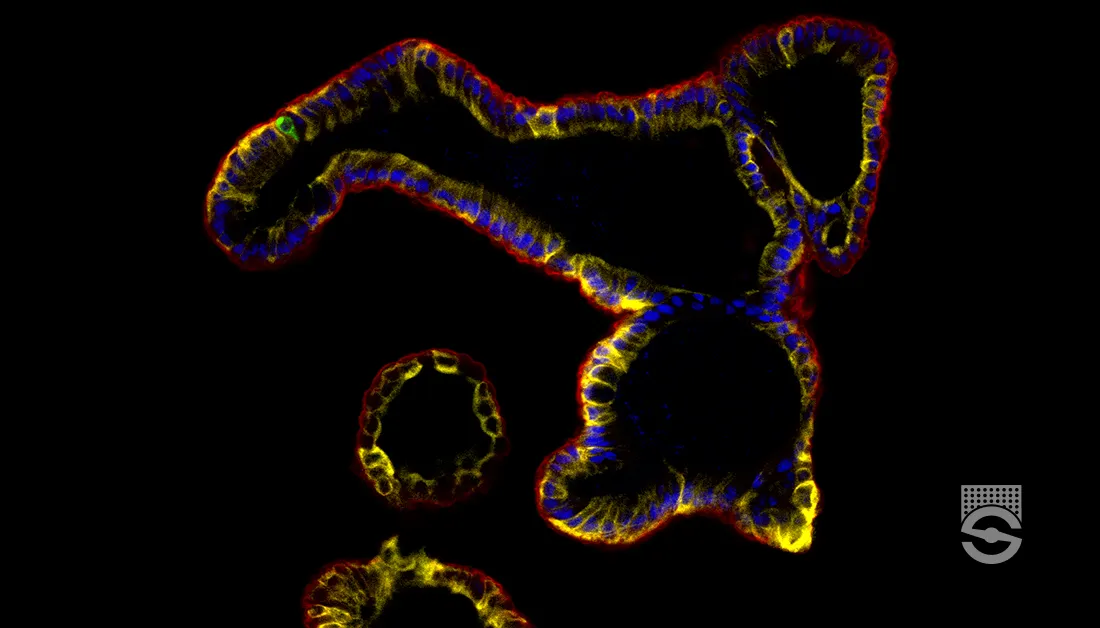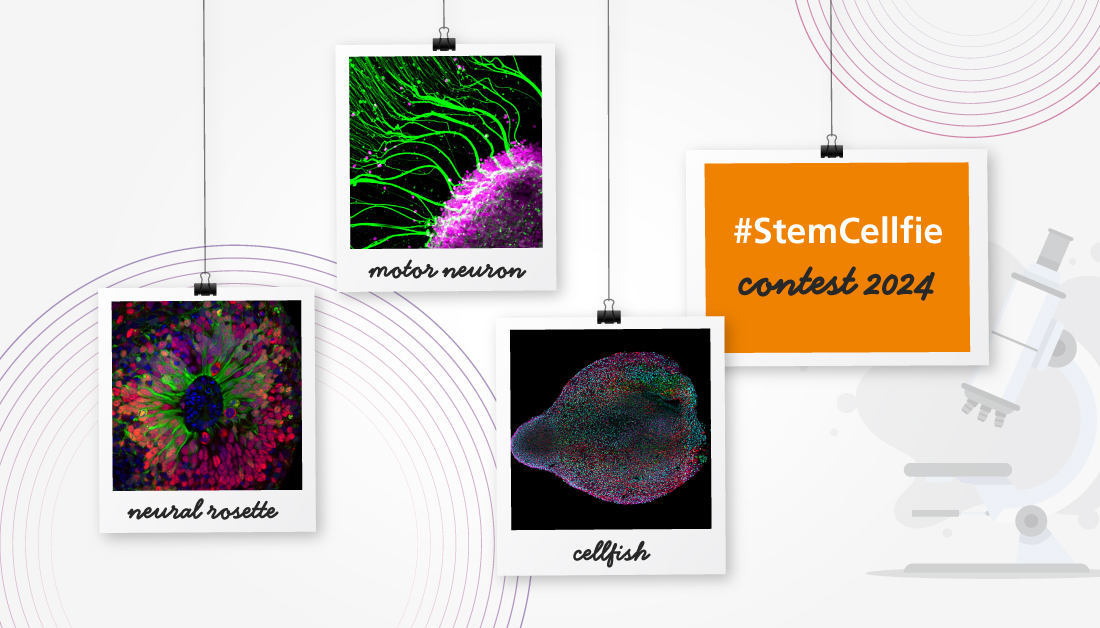Jones' Impregnation
for Basement Membranes
Materials
- Periodic acid, 0.5% aqu.
- Neutral red, 1% aqu.
- Yellow gold chloride, 0.2% aqu.
- Light green SFy, 0.2% in 0.2% acetic acid, or progressive hemalum and eosin
- Sodium thiosulfate, 2.5% aqu.
- Stock Methenamine silver
Material Amount Methenamine, 3% aqu. 100 mL Silver nitrate, 5% aqu. 5 mL Shake until the precipitate redissolves. Silvering of the container indicates deterioration.
- Working Methenamine silver
Material Amount Stock Methenamine silver 50 mL Borax, 5% aqu. 5 mL Make just before use and preheat to 50°C.
Tissue Sample
3µ paraffin sections of neutral buffered formalin or Bouin fixed tissue are suitable. Other fixatives are likely to be satisfactory. A section adhesive is recommended. Thinner sections are to be preferred. This method gives excellent results with deplasticized methyl methacrylate sections at 1µ.
Protocol
- Bring sections to water via xylene and ethanol.
- Oxidize with 0.5% periodic acid for 15 minutes.
- Rinse well with tap water.
- Rinse with distilled water.
- Treat with methenamine silver solution at 50°C. until impregnated (up to 3 hours)
- Wash with distilled water.
- Tone with 0.2% gold chloride solution for 2 minutes.
- Rinse with distilled water.
- Fix in 2.5% sodium thiosulfate for 3 minutes.
- Wash well with running tap water.
- Counterstain with light green, neutral red or a light H&E.
- Rinse with tap water.
- Dehydrate with ethanol, clear with xylene and mount with a resinous medium.
Expected Results
- Basement membranes – black
- Oxidisable carbohydrates – black
- Background – as counterstained
Notes
- In order to see the basement membranes on edge it is necessary to use the thinnest sections possible, especially for glomeruli.
- Methenamine is also known as hexamethylenetetramine and hexamine.
- Borax is sodium tetraborate.
- Toning is a variable step. Untoned sections give dark brown material on a paler brown background. Many microscopists prefer to tone for about 15 seconds to produce brown-black material on a pale grey-brown background. Others tone longer (a few minutes) to produce black material on a grey background. Longer toning produces purple tones. Tone according to the personal preference of the microscopist reviewing the slides.
- This method depends on a similar principle to the periodic acid Schiff reaction, but in which the aldehydes produced by oxidation reduce a silver solution instead of combining with Schiff’s reagent to form a red compound. Consequently, those materials which are red in a PAS will be black in Jones’ stain, i.e. it is not specific for basement membranes but will demonstrate any carbohydrates which can be oxidised to aldehydes.
- Hayashi, Tome and Shimosato recommended that, after oxidation with periodic acid, thiosemicarbazide should be applied to the section. Thiosemicarbazide has the formula H2NNHCSNH2. The hydrazine group (H2NNH-) combines with any aldehydes generated by periodic acid oxidation. The thiocarbamyl group (-CSNH2) is a more powerful reducing agent than the aldehydes it replaces and reduces the methenamine silver solution more rapidly and with higher contrast.Immediately following step 3:
- Place sections in 1% aqueous thiosemicarbazide for 10 minutes.
- Wash well with tap water, and carry on from step 4.
- It is well known that metallic azides can be explosive. However, thiosemicarbazide is not a simple metallic azide. The MSDS says:
- Flash Point: n/a
- Lower Explosive Limit: n/a
- Upper Explosive Limit: n/a
- Unusal Fire and Expl.rds: none identified
Safety Note
Prior to handling any chemical, consult the Safety Data Sheet (SDS) for proper handling and safety precautions.
References
- Drury, R A, and Wallington, E A, (1967).
Carleton’s histological technique., Ed. 5.
Oxford University Press, London, England. - Hayashi, I., Tome, Y. and Shimosato, Y., (1989)
Thiosemicarbazide used after periodic acid makes methenamine silver staining of renal glomerular basement membranes faster and cleaner.
Stain Technology, v 64, p 185.






